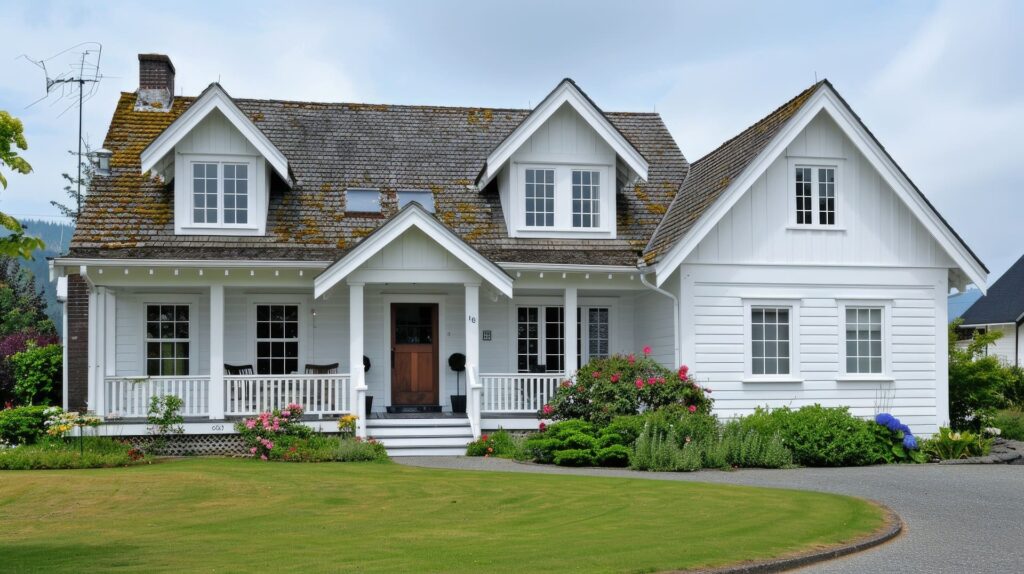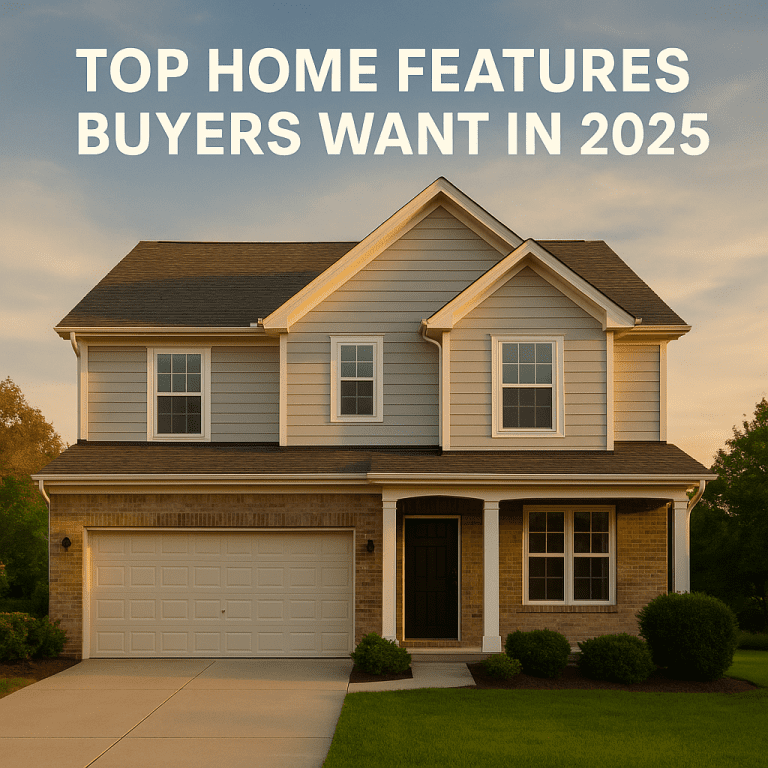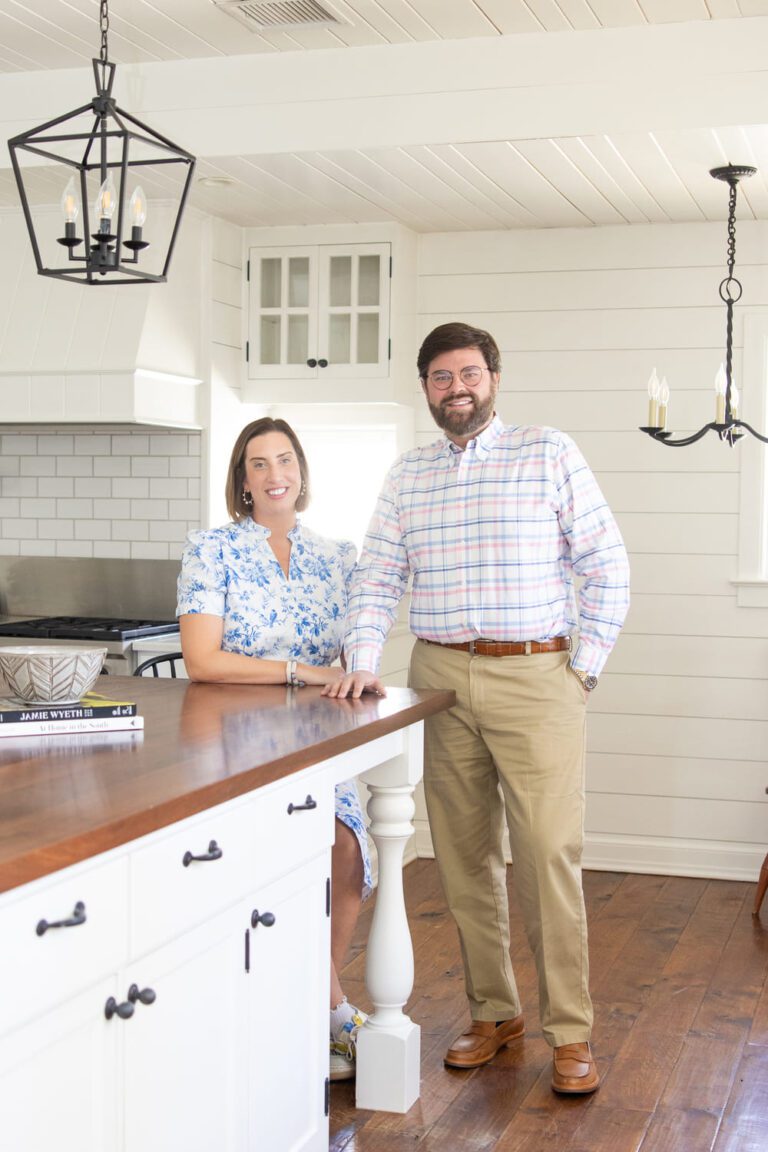Introduction
Setting the right price is one of the most important decisions you’ll make when selling your home. Price too high, and your listing may sit on the market longer than expected. Price too low, and you could leave money on the table.
In 2025 — with mortgage rates hovering between 6.3% and 6.5% and buyer activity becoming more selective — an informed pricing strategy is more critical than ever in Greensboro and the broader Triad region.
This guide walks you through how to price your home strategically so it sells efficiently and profitably while reflecting true market value.
1. Understand the Current Market Conditions
Before choosing a price, it’s essential to review local market data and trends.
- Median home price (Fall 2025): ~$326,000 (Redfin).
- Price growth: Approximately 0.6% year-over-year (Reventure Consulting).
- Average days on market: 28–32 days.
- Inventory: Gradually increasing, providing buyers with more options.
Takeaway: Pricing should strike a balance between buyer affordability and your desired return.
Stay informed on market updates with The Wilhoit Group Blog.
2. Get a Comparative Market Analysis (CMA)
A Comparative Market Analysis (CMA) helps determine your home’s fair market value based on recent sales of similar properties.
Your real estate professional will evaluate:
- Square footage, lot size, and property condition.
- Number of bedrooms and bathrooms.
- Renovations or upgrades.
- Sale prices of comparable homes sold in the past 3–6 months.
This data provides a realistic view of what buyers are currently paying — rather than speculative listing prices.
Request a professional CMA from The Wilhoit Group Sellers Page.
3. Avoid the Overpricing Trap
It’s natural to want to start high — but overpricing can slow down your sale. In today’s data-driven market:
- Homes priced above market value typically sit longer.
- Extended listings can lead to price reductions later.
- A stale listing may appear less competitive compared to newer ones.
Pro Tip: The first two weeks on the market are critical. That’s when your home gains the most exposure on listing sites and social media.
4. Don’t Underprice Your Home
In a balanced market, underpricing can be just as risky as overpricing.
- Buyers in 2025 are value-conscious and unlikely to engage in aggressive bidding wars.
- You could miss out on potential equity by starting too low.
Aim for a competitive price that aligns with comparable sales and current demand — positioning your home as a strong, realistic option for buyers.
5. Highlight Features That Add Measurable Value
When determining your asking price, account for property improvements that increase appeal and functionality.
High-return upgrades in the Triad region include:
- A new or recently updated roof.
- Energy-efficient windows and insulation.
- Updated kitchens and bathrooms.
- Neutral paint and refreshed flooring.
- Smart home or energy-saving features.
According to industry reports, well-maintained homes in move-in-ready condition often achieve faster sales and higher offers.
Compare renovation ROI on Remodeling Magazine’s Cost vs. Value Report.
6. Consider Buyer Psychology
Pricing isn’t just numbers — perception plays a role. Buyers often search within set price ranges.
Example:
If a buyer searches for homes priced between $300,000 and $350,000, a listing at $349,900 will appear — but a home listed at $355,000 won’t.
Strategically pricing just below key thresholds can expand your audience and generate more interest.
7. Adjust Quickly Based on Market Response
Even the best pricing strategy requires flexibility once your home hits the market.
- Few showings: The price may be too high relative to similar listings.
- Many showings, but no offers: Buyers may be finding better value elsewhere.
- Strong early interest: You may be priced correctly or slightly below ideal market value.
Small, timely adjustments within the first three weeks are typically more effective than waiting months to react.
Learn how The Wilhoit Group helps sellers fine-tune pricing strategies on our Sellers Page.
8. Use Incentives as an Alternative to Price Cuts
You don’t always have to reduce the asking price to make your property more attractive. Consider offering:
- Closing cost assistance to help with buyer affordability.
- Mortgage rate buydowns to offset higher interest rates.
- Inclusion of appliances or warranties for added peace of mind.
These incentives can make your home more competitive without significantly reducing your bottom line.
9. Timing the Market
Seasonal timing still plays a role in real estate.
- Spring and early summer: Traditionally see the most buyer activity.
- Fall and winter: Fewer active buyers, but less competition among listings.
Ultimately, the “best” time to sell depends on your individual situation and readiness. The right pricing and presentation can help your home sell successfully in any season.
Conclusion
Pricing your home correctly is the key to selling efficiently and profitably — especially in a balanced 2025 market.
By analyzing local data, using a professional CMA, and responding quickly to feedback, you can achieve your desired results without leaving money on the table.Ready to list your home? Connect with The Wilhoit Group today. Our data-driven approach helps sellers price strategically, attract qualified buyers, and move forward with confidence.












